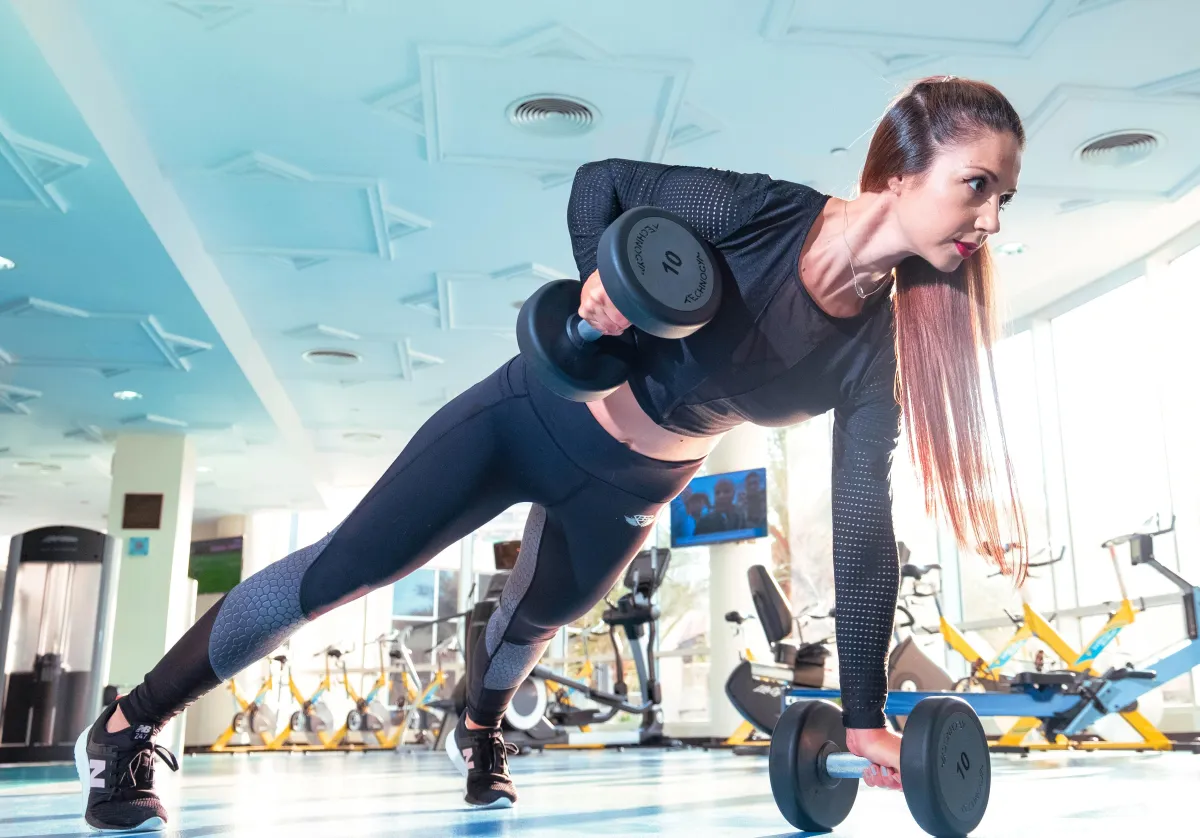Discover the Path
to True Wellness
ABOUT US
Where innovation meets empowerment on the path to a better life.
Through our innovative and thought-provoking articles, curated content, and expert advice, we delve into a wide range of topics that encompass the full spectrum of wellness. From nutrition and fitness to mindfulness and self-care, we explore the latest research, trends, and practices to help you optimize your well-being and unlock your true potential.

Our Recent Wellness Posts

Avoid These Common Mistakes When Using Fitness Accessories
Many people invest in fitness accessories to improve their workouts, but improper use can lead to setbacks instead of progress. Whether it’s lifting straps, resistance bands, or weightlifting belts, each piece of gear serves a purpose. Understanding how to use them correctly ensures better performance, safety, and longevity.
Lifting straps are great for grip support during heavy lifts, but relying on them for every set can weaken grip strength. These should be reserved for max-effort lifts rather than warm-ups or moderate loads. Gripping the bar too early before securing the strap can also lead to instability, reducing the effectiveness of the lift. Wrapping them too tightly or loosely affects control, so adjusting them properly is key.
Weightlifting belts provide core stability, but wearing them too often can weaken natural bracing ability. Many lifters tighten them excessively, restricting movement instead of enhancing it. The belt should support, not replace, proper bracing techniques. Using it for all exercises, including those that don’t require additional core support, defeats its purpose. A belt should be worn primarily for compound lifts with heavy loads.
Resistance bands add versatility to workouts but can lead to poor form if used incorrectly. Attaching them to unstable objects or overstretching them can cause snapping or unexpected release. Many people rely on momentum rather than controlled movements, which limits effectiveness. Resistance should feel challenging yet manageable throughout the entire range of motion. Choosing bands with the right tension prevents compensations and ensures proper engagement.
Knee sleeves and wrist wraps provide joint support, but overuse can limit natural strength development. Many lifters wear them for every movement instead of just high-impact exercises. Tight wraps can restrict circulation, while loose ones fail to offer proper support. Checking the fit and only using them when necessary helps maintain joint health without unnecessary dependence.
Foam rollers and massage guns help with recovery, but improper technique can lead to discomfort instead of relief. Rolling too quickly or applying too much pressure on sensitive areas can cause bruising or pain. Targeting tight muscles with slow, controlled movements improves circulation and muscle relaxation. Using a massage gun on bones or inflamed areas can do more harm than good, so proper placement is important.
Fitness accessories should enhance performance, not replace fundamental training principles. Strength, control, and technique should always come first. Investing in high-quality gear makes a difference, and Muscle Engineering offers a great selection of fitness accessories designed for durability and effectiveness. Choosing reliable equipment ensures long-term benefits without unnecessary risks.
Small adjustments in how accessories are used can lead to significant improvements. Training with proper technique, using gear when needed, and avoiding overreliance on support tools leads to better results. A thoughtful approach to fitness accessories keeps workouts effective and safe.
One or more of the links above are affiliate links, meaning, at no additional cost to you, we will earn a slight commission if you click through and make a purchase. Each of these products is chosen by a trusted member of our team.
Email: partnerships@truetribewellness.com
Social Media: @TrueTribeWellness

